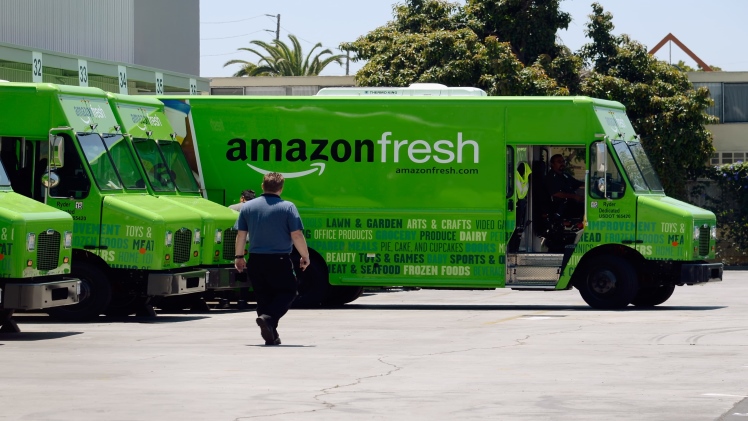What are the factors that contributed to Webvan’s failure? Excess capacity, poor customer research, a lack of automation in the supply chain, and poor cash management. These factors combined to make Webvan an unlikely winner. While it is still possible for a delivery service to survive and thrive, its current financial condition is far from encouraging. In order to avoid the same fate, consider some of these tips magazine360.
Excessive capacity
In this article I will discuss why Webvan failed to meet investor expectations and how other companies can avoid the same fate. While the company did consolidate some of its facilities to improve efficiency, its underlying assumptions were shaky and its vision for growth was too rosy to be true. Webvan failed to meet expectations in several areas, including supply chain management. A better understanding of the market and its needs would have prevented costly underutilization of resources healthwebnews.
The problem with webvan business model was its massive warehouse capacity. Its warehouses covered over 350,000 square feet and were able to hold 50,000 SKUs. While this was an incredible amount of space, the company was only able to stock about 20,000 items at a time, and was receiving thousands of orders per day. Its warehouse capacity exceeded its demand, costing the online grocer millions of dollars a year. Eventually, Webvan was forced to file for bankruptcy, leaving no viable business model to replace it.
Lack of customer research
As the founder of Webvan, I have a few words of caution for other startups: don’t do what I did. I was a big fan of the concept, but I soon realized that Webvan’s business model would never be a success. I wasn’t able to get the lag-free experience I was promised. As a result, I’m sorry to see the company fold. Unfortunately, Webvan wasn’t as easy as it claimed theinteriorstyle.
The failure of Webvan’s business model can be traced to its lack of customer research. The company was ahead of its time, trying to go too big too fast. While it was only operating in eight cities at its peak, Webvan built a massive tech warehouse and fleet of delivery trucks. But, according to a Jupiter Media Metrix study, only 2 percent of Web users bought groceries online last year marketbusiness.
Lack of automation in supply chain
While the rapid growth of Webvan may seem like a natural path for a successful company, it also led to over-investment in warehouse capacity. The company’s three-year strategy of expanding into new states entails building warehouses with more capacity than the market needs. But as the company’s supply chain failed to keep up with its rapidly increasing demand, the company was forced to abandon some of its innovative features thecarsky.
As a result, Webvan has failed to deliver on its original promise of a lag-free experience. The company has since filed for bankruptcy, cut jobs, and had difficulty securing new funding. This has left the company with little choice but to declare bankruptcy. While Webvan’s lag-free experience has been a popular selling point for many users, it was far from convenient for customers.
Poor cash management
The company’s abrupt shutdown came after a successful IPO, but it was not surprising. The company’s last annual report had warned of financial problems. It reported a $217 million loss for the first quarter of 2013 and an accumulated deficit of $830 million. However, its poor cash management has now prompted the company to file for Chapter 11 bankruptcy protection. While its closure may be devastating for investors, it does not indicate the end of the company’s story.
Conclusion
The company failed to cut costs and expand its customer base, and instead focused on acquiring more businesses. In addition, it overextended its reach and opened new distribution centers in new markets, resulting in a loss of money in each of those markets. Webvan’s failure was ultimately due to poor cash management and an insatiable hunger for market share. As a result, its shareholders wiped out its value.

